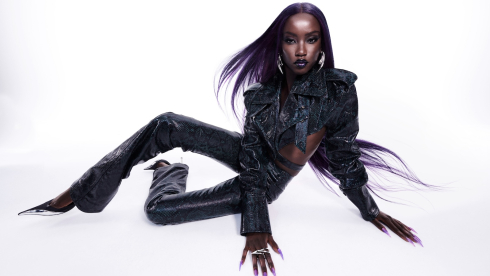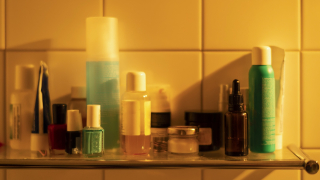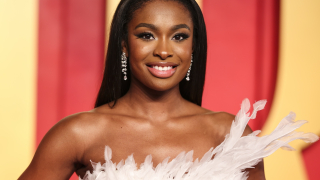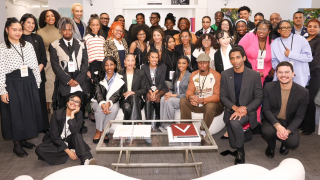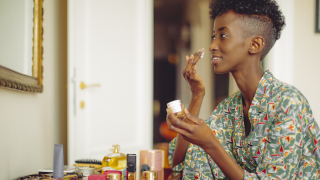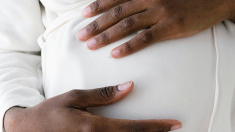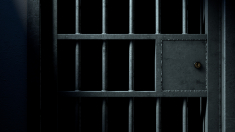I recently sat with four colleagues during a school-based professional development session on diversity. There was a Jewish woman, a Mexican woman, a White man, and me. We had to answer the question “Which part of your identity has had the biggest impact on you growing up? Race, class, or gender?”
I learned a lot about my colleagues that day, including one who admitted being afraid to walk near a Black man (I won’t say who said that). As for me, all three factors have deeply affected me.
Gender, however, is the the one I’ve explored the least.
Growing up, my friend’s older brother would call me “the young and the breastless.” Boys would form a cross with their fingers and run away screaming like I was a witch. I was tall, flat, and dark.
Ugly.
At least that’s how my male counterparts made me feel. (Girls weren’t as cruel.)
So poured my energy into being a top student. My fight-back strategy was to silence the bullies with my brilliance. Plus, I could imagine nothing worse than becoming an unsightly, broke, dumb Black woman like the one-dimensional characters I saw on TV shows depicting a rich, glamorous White man’s world.
The angst of my young reality was reflected in a recent Teaching Tolerance piece called Don’t Forget About Black Girls. It reminded me how invisible I used to feel at school.
While Black females have made significant gains in college enrollment rates, we are also the fastest growing population in the juvenile justice system.
Worse, no one seems to be paying attention. The report Black Girls Matter: Pushed Out, Overpoliced, and Underprotected argues that discipline and behavior studies tend to be laser focused on Black boys, and in the webinar accompanying the report, discourse regarding gender is largely centered on White girls in more well-off schools that don’t have zero-tolerance policies. Meanwhile, African-American females are traveling at full speed along the school-to-prison pipeline, a trend virtually ignored by researchers.
For example, the report found that Black girls are suspended six times as often as White girls and 10 times more in New York State.
I was one of the fortunate ones. Though I felt ugly on the outside, I never once doubted my inner beauty or acted out in school. When I wasn’t studying, doing chores, or jumping rope, I poured myself into church activities. I read the Bible and loved Proverbs 31, which praised a woman for her virtuous character, not her good looks.
But what about today’s Black girls who look “on fleek” but feel like broken glass? Where do they turn to when they have no faith and no safety at home or at school? What about the girls who mask their insecurities and pain with endless selfies plastered on social media? When their frustration with the past and fear of the future cause them to disengage or lash out at school, what happens?





